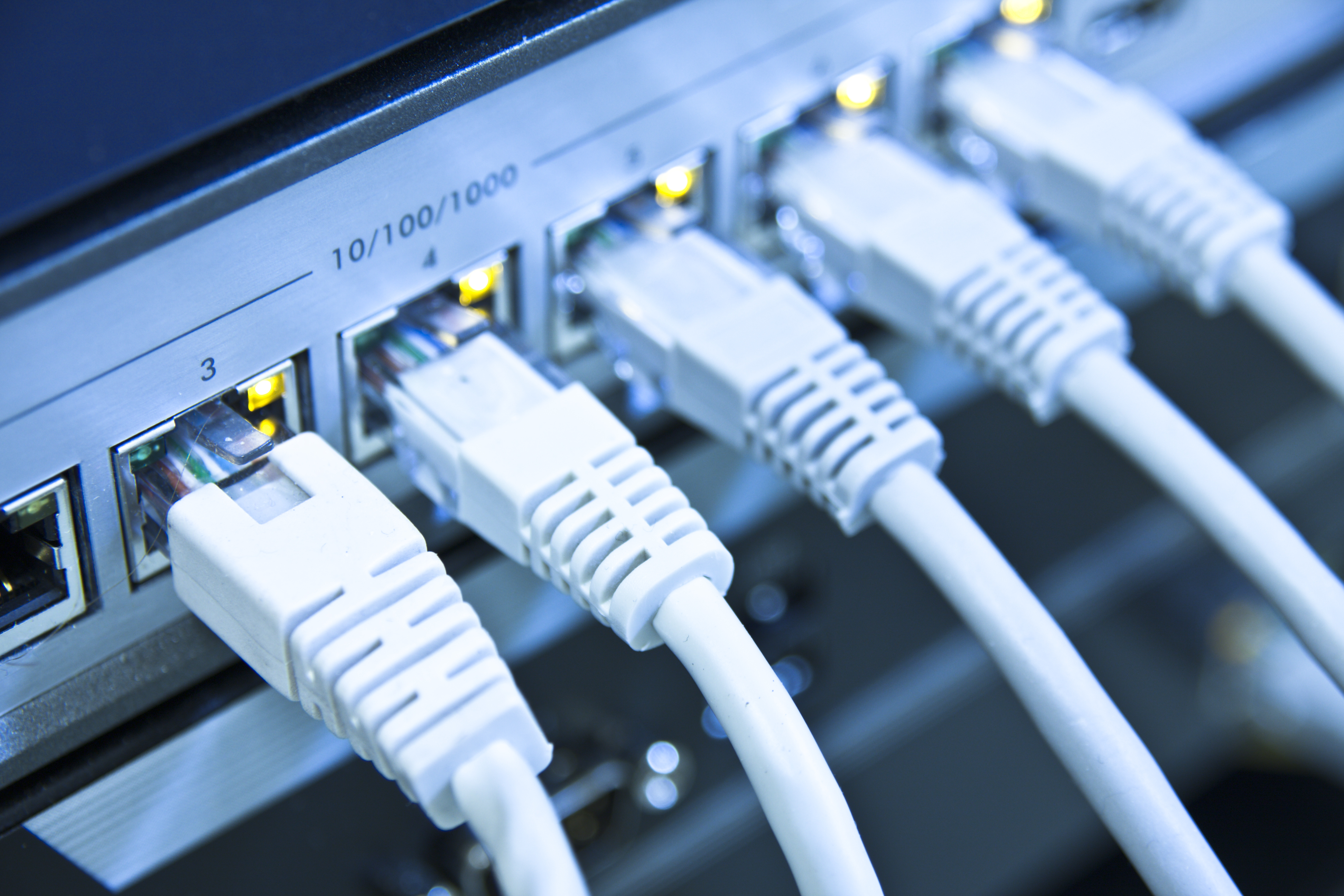Why Do I Need a Network Switch?
Whether you have a small business or enterprise organization, your network needs to keep several users reliably and securely connected around the clock. No matter how fast your ISP hooks you up, you’ll need appropriate equipment to spread the high-speed love. Enter the network switch, an oft-overlooked but vitally important piece of the networking puzzle. How do you decide which network switch is right for you? Let’s countdown some factors to consider in relation to your network needs.
1 User count
It all starts with the number of users you need to connect. Remember, a user isn’t just a person on a computer – users include other connected devices as well, like printers (you’ll probably have at least a couple of those), VoIP phones (your business likely will need to communicate with others verbally from time to time), surveillance cameras (just in case), firewalls (a network security must), and wireless access points (those APs have to get their internet connections from somewhere). Generally speaking, a higher number of users requires more ports and faster transfer speeds.
2 Power
Remember those access points? In many cases, you’ll be placing your APs in locations that make traditional power outlets hard to reach. Fortunately, many APs (as well as VoIP phones, firewalls, and other devices) can get their electricity through Power over Ethernet, aka PoE. This means they can stay connected and receive power using only an Ethernet cord. Look for a network switch with Ethernet ports that support the PoE needs of your network.
3 Speed
Network switches don’t create speed, but the wrong switch could slow your network down significantly. If you’re transferring a lot of data, you’ll want to make sure you have ports that can handle your need for speed. Look for 10/100/1000, aka Gigabit ethernet (GbE), ports. These ports will automatically sense and use the fastest speed shared by the sending and receiving devices. For less heavy duty scenarios, a switch with 10/100 ports may suffice (those are speeds of 10 or 100 Mbps), but most modern switches support GbE ports.
4 Managed vs Unmanaged
This one’s a pretty easy choice. If you’re looking at a switch to connect the key pieces of your organizational network, you’ll want a managed switch. What’s the difference between managed and unmanaged? An unmanaged switch is often called “plug-and-play,” and while that sounds convenient, it means there is no ability to configure an unmanaged network switch because it lacks a “brain.” A managed switch gives you the ability to manually configure, monitor, and manage the devices on your network.
Configuring a network switch allows you to better optimize network performance and security – keeping sensitive data siloed and enabling only active ports to minimize your attack surface. It just so happens our security experts at Firewalls.com can work with you to get that configuration just right and keep it that way – actively managing your switch for you, no matter the brand. Unmanaged switches can be useful in lower-stakes network setups or as a supplement – like adding connections in a conference room.
Learn about Switch Configuration
5 Value
Just like an unmanaged switch, this is a no-brainer to consider when shopping for a switch (or any significant purchase). At Firewalls.com, you can find value that fits your network, whether you need 12 or 48 port. We offer network switches including the Ruckus ICX Series, Fortinet FortiSwitch Series, and the Cisco Meraki MS Series to help you get your network running smoothly. Visit our Network Switch page and use the filters on the left-hand side of the page to find the network switch that best fits your demands.






